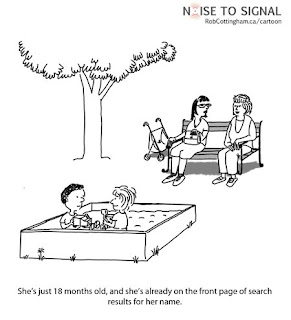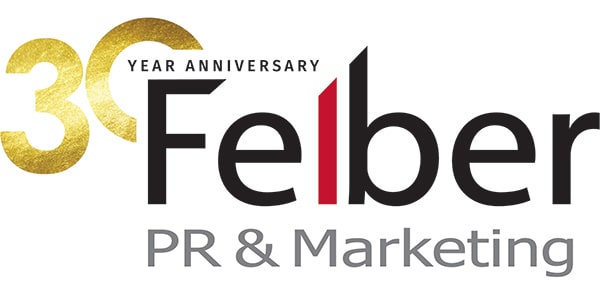>Marketing in the New Millennium
>
I had the pleasure recently of presenting a new session, with my colleague Sandy Yocum, to over 40 local chamber members on the subject of Marketing in the New Millennium. The focus of this presentation was to inform the participants on how companies and organizations are going to market in this fast-paced electronically changing world. See article.
Today more of us search the internet more often than reading traditional ads, searching the phone directories and even media broadcast for the products and services we desire. A company must have a web presence to be taken seriously in today’s world. When people search the internet they search by product, service, location and ranking. Ranking can be based on recommendations such as on Digg.com or how often the search is visible and how high on the list. Consider these facts:
Growth in the number of Internet Devices
1984 = 1000
1992 = 1,000,000
2008 = 1,000,000,000
How long technology took to reach 50 million users
Radio = 38 years
TV = 13 years
Internet = 4 years
iPod = 3 years (downloads hit 1 billion in 9 months)
Facebook = 100 million users in less that 9 months
The same rules still apply to web or TEXT marketing. Content is King. What we are changing is the delivery methods. Features, benefits, positioning and value proposition must all be considered just as in the traditional mediums.
In our presentation we spoke about the differences between SEO and SEM. Search engine optimization (SEO) is the process of improving the visibility of a website or a web page in search engines via the natural or un-paid (“organic” or “algorithmic”) search results. SEO has traditionally been used by the “big” guys that need to go past Meta –Tag or key word searches.
Search Engine Management (SEM) are target paid listings. In general, the earlier (or higher on the page), and more frequently a site appears in the search results list, the more visitors it will receive from the search engine. As stated before Content is King. SEM can be used by almost any business along with traditional marketing to be able to play on the main stage.
SEO:
Focus on front page of Google
Believes websites should be optimized for Google
Goal should be high organic listing
SEM:
Creates a landing page
Also believes websites should be optimized for Google
Pushes all networks and search engines
Uses Pay Per Click
Uses organic listings
Ties to the fastest growing sites
A more targeted campaign,
Don’t overlook Social Media as a place to advertise. Facebook now received more daily hits then Google proving where people send their time. Consider this growth history – MySpace started the revolution in 2003. Facebook started in 2004 and as of July 2010 has over 500 million active users, 120 million active users in the US. On the average users spend 55 minutes per day on Facebook. Next be aware of the fast growing Mobile Marketing (TEXT) Field. Mobile marketing is one of the fastest growing forms of advertising because it is a perfect way to tell your raving fans about the latest specials, offers and information. Truly an engaging medium. Text messages are virtually always read and are completely opt-in, meaning you are not spamming your customers or prospects. People always look at their text messages much quicker than email messages. Your customers never leave home without keys, wallet and PHONE. Here are some facts:
152 billion text messages sent each month in the U.S.
3 to 1 cell phones VS computers
90% of text messages are read in 1 minute
57% of cell phone users text regularly, and growing each day
Mobile ad spend will be $115 Billion by 2013
In 2008 there were 270 million mobile subscribers in the U.S.
95% of all phones sold today have web browsers & 70 million use them regularly.
In our session we focused on new technology and we touched on 2D Bar Codes. I will talk about this in a future post. Keep in mind no method is the true king. A marketing strategy must be employed. Multiple touches must be used and tradition mediums are not dead. When combined they give you a winning combination. Print, broadcast, direct marketing, promotional marketing when used in combination will keep your ROI on track. Example: Print an opt-in text message on a promotional product and you not only engage the user in mobile marketing, but your permanent message is always working for you. Print ads and publicity combined will reinforce your message and touch the prospect much stronger. Just like doing an outline after reading a chapter in school the repetitive action will help keep the messages alive longer and stronger.
If your company or organization would be interested in this presentation contact me to discuss dates and time. brucefelber@felberandfelber.com.

Leave a Reply
Want to join the discussion?Feel free to contribute!